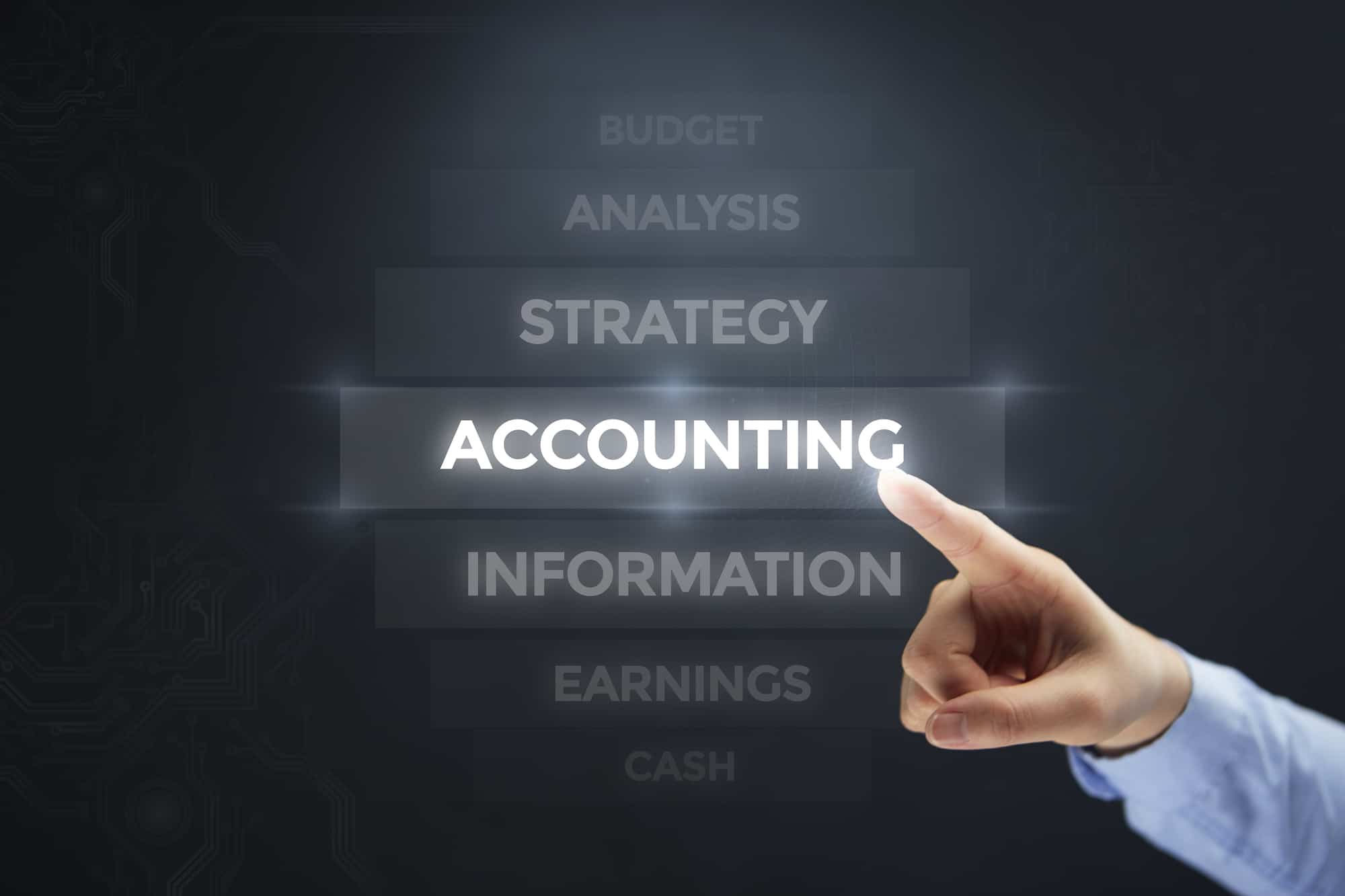I‘m going to let you in on a secret: The best businesses—those that really boost the wealth and happiness of the business owner—are not built on intuition or luck.
As much as we would like to think that great entrepreneurs have some kind of special gift, the best among us simply know how to create and use meaningful financial reporting, and use it to make decisions that improve our businesses. With a good eye on the numbers and some careful analysis, any business owner can see what is going right and what is going wrong.
But running a business “by the numbers” means that your financial reports need to be: Reliable, Readable, and Regular:
Let’s look at each R, and what it takes to implement in your business:
Make your financial reporting Reliable by cleaning up your accounting data. It’s obvious that you can’t understand the true performance of your business without reliable data, but it’s amazing how many businesses are running with bad numbers in their financial reporting. There are a few telltale signs of bad data:
Can a stranger look at your income statement and tell you the story of your company’s performance? If you’ve organized your chart of accounts well, almost anyone should be able to tell you a LOT about your business. To make the P&L speak to you, the chart of accounts must be properly organized.
I don’t mean “proper” in the sense that it meets international accounting standards; I mean only that it truly reflects what’s going on in your company. Does your P&L describe the company in the same way you do? If you say, “We make and sell cars, boats, and airplanes,” is there an income line for each of those categories of products? Can you spot exactly what it costs you to make a car? A boat? An airplane? Try reading your P&L out loud. If you can’t tell the story, get to work on a better chart of accounts.
While you are thinking about how to organize your income and expenses, pay special attention to how you record your product costs. (In manufacturing, this includes raw materials, direct labor, and machine burden; in retail it should include cost of goods, shipping, discounts or penalties, and any other direct cost you can identify.)
Why? You can’t set pricing if you don’t know your true costs.
I’m willing to bet that at least one of your products or services is not profitable. Do you know which one it is? You spend a lot of time establishing a pricing strategy, but if your books aren’t organized so you can easily see your profitability by product line—and make sound pricing decisions—you may be losing money without even knowing it. (There are some good reasons for selling a product at a loss—you can probably name at least three—but you should do so knowingly.)
Finally, organize your chart of accounts to improve management understanding. This is a widespread problem, and it’s easy to understand the cause. Your chart of accounts was probably developed early in the evolution of your business and has either changed very little, or has grown out of control ever since!
Sure, your CPA is happy with any organization so long as he can identify income and expenses for tax purposes. But as CEO, you need management information. You want to know the profitability of your business by segment at the very least. For your business, a “segment” could be product lines, geographic divisions, or business units. For you to be able to get useful reports—and make correct management decisions—your chart of accounts needs to be properly organized.
So take control and beat it into shape. Any financial consultant or CPA should be able to help you. Start with a discussion of the business operations, and then make sure the accounts reflect the operational reality.
Devote the necessary resources to have accurate and up-to-date financial reporting at all times. To be helpful, your data has to be timely, so reconcile your bank accounts at least weekly, and “close” the books monthly. And don’t assign the task to just anyone. Get a knowledgeable accountant (or at least a very experienced bookkeeper), and then ask an outside advisor to review and QC your books at least monthly.
This third “R” is perhaps the most important: having a Regular schedule is key to keeping the numbers Readable and Reliable.
Finally, have an up-to-date cash forecast and a plan for emergency funding. To be successful, your business must be profitable—but that’s not enough. The road to ruin is littered with profitable businesses that ran out of cash. Your business must be cash-positive (or you have to plan for funding your cash-negative operation). Start by really understanding your cash cycle and work to optimize it. Then develop a useful cash plan and a system to maintain it.
BONUS — this is the 4th R. You’ve worked hard to make your financial statements Reliable, Regular and Readable. Now it’s time to use the Results to make better decisions. Next time you find yourself making an important business decision, you’ll have the data you need to guide you.
Implementing the three Rs is a great first step to the kind of financial discipline and reporting that will help you make better decisions—and create the wealth and happiness you deserve from your company.

Dedicated to your success!
David Worrell
FuseCFO
______________
About FuseCFO
FuseCFO is here to help you take action on these and many other important business initiatives. Watch our video for a brief understanding of all the ways FUSE can help your business find that spark!
Got a question on small business strategy, finance or operations? Contact us today.
8326 Pineville Matthews Rd #407
Box #473831
Charlotte, NC 28226
Phone: (980) 819-0510
© 2018-2024 Fuse Financial Partners LLC. All rights reserved.